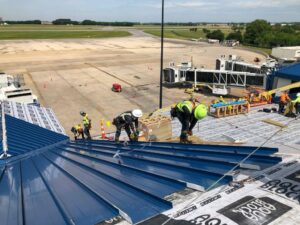Every Second Counts: Starkville Firefighters Focus on Security and Survival During Training
The Starkville Fire Department is significantly upping its game when it comes to firefighter training. This is no limited physical or rudimentary firefighting training; instead, it brings the science of fire and survival strategies into sharp focus.
Understanding the Nature of Fire
The training regimen is designed to help firefighters understand the science of fire, which is a crucial part of effective firefighting. ‘Understanding how fire behaves, what feeds it, and how to control it is imperative for every firefighter,’ explained Brian Arnette, the department’s training chief.
Beginning with the Basics
The training process begins with the very basics. Firefighters are taught everything from dressing up appropriately, using hydrants, managing fire lines to extinguishing fires eventually. These basics form the foundation of their entire career and their on-scene roles.
Cognition as Important as Physical Ability
Firefighting isn’t only about physical readiness; cognitive understanding of fire is equally critical. Firefighters learn how fire behaves in different circumstances and how to control it. ‘The more you understand it, the less terrifying it is,’ said Arnette.
The training equips firefighters to use doors and water effectively, therefore better controlling fires. It also teaches them to handle common fires, such as grease fires, where water isn’t the best solution as it can cause the fire to spread.
Continuous Training for Firefighters
Initial training is followed by a two-week hazardous materials class and a seven-week firefighting class at the State Fire Academy. The training doesn’t stop there. On starting their shifts, the training continues under their station officers, who make sure every shift involves some sort of training. This continuous learning keeps firefighters on their toes, ready for whatever challenge they may encounter in their duty.
Transforming Learning into Preparedness
Arnette emphasized the importance of transforming theoretical learning into quick decision-making for safe responses. Firefighters are taught to act promptly during incidents, such as turning the stove off to stop the original heat source in a grease fire. Hence, explaining, ‘Every second counts. A well-trained firefighter equipped with a deep understanding of fire behavior can make a difference between life and death.’







